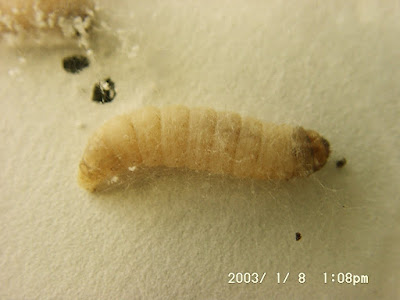This blog may help people explore some of the 'hidden' issues involved in certain media treatments of environmental and scientific issues. Using personal digital images, it's also intended to emphasise seasonal (and other) changes in natural history of the Swansea (South Wales) area. The material should help participants in field-based modules and people generally interested in the natural world. The views are wholly those of the author.
Tuesday, 4 October 2022
Spit and Polish Off?
The Wax moth (Galleria melonella) lays its eggs in the hives of Honey bees. The emerging larvae, called 'wax worms', chomp away at the beeswax, from which the honeycomb is constructed. It's now been established that the wax worm's saliva contains an enzyme that, at room temperature, rapidly breaks down polyethylene (https://www.theguardian.com/environment/2022/oct/04/wax-worm-saliva-rapidly-breaks-down-plastic-bags-scientists-discover). There's a distinct possibility of using the wax worm's enzymes, to break down plastic bags. I guess that this was always likely, as the wax worm's diet has been no secret for decades? Biology has many solutions for human problems, if we know where to look.
Subscribe to:
Post Comments (Atom)
-
I n the UK and US, a pparently popular and successful vegan/vegetarian restaurants are reportedly closing or adding meat to their menus ( ...
-
Early ripening fruit may seem convenient but some folk think it confirms environmental stress. There's also a possibility th...


%20mating%20NWCW.jpg)


No comments:
Post a Comment